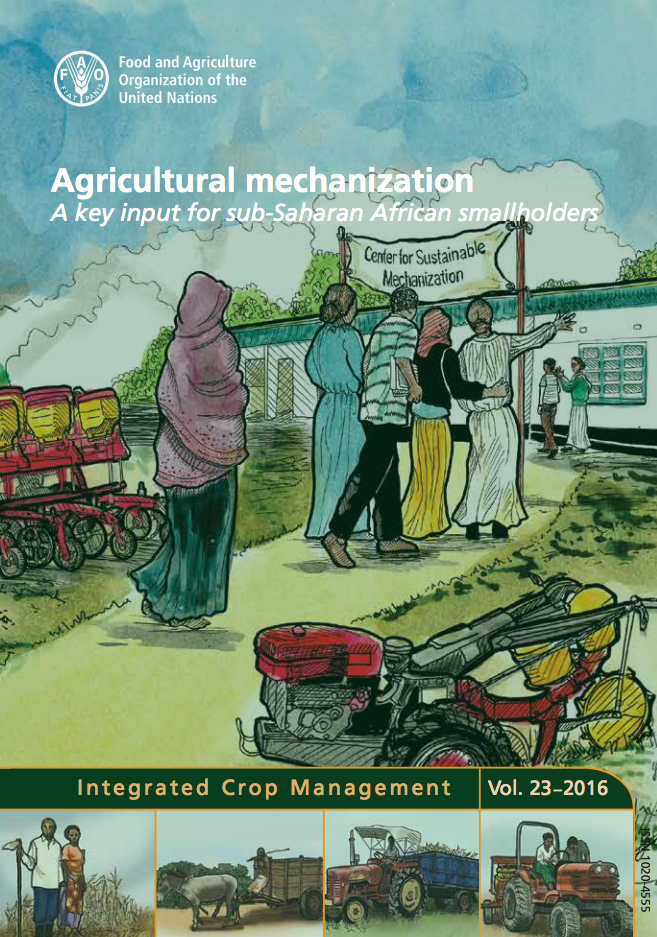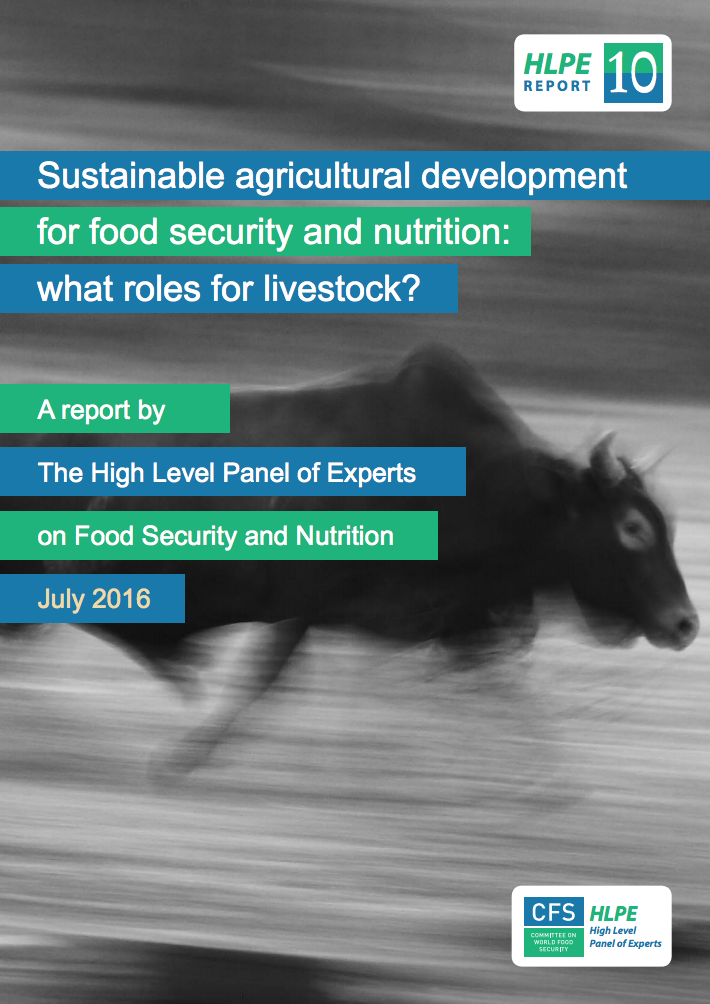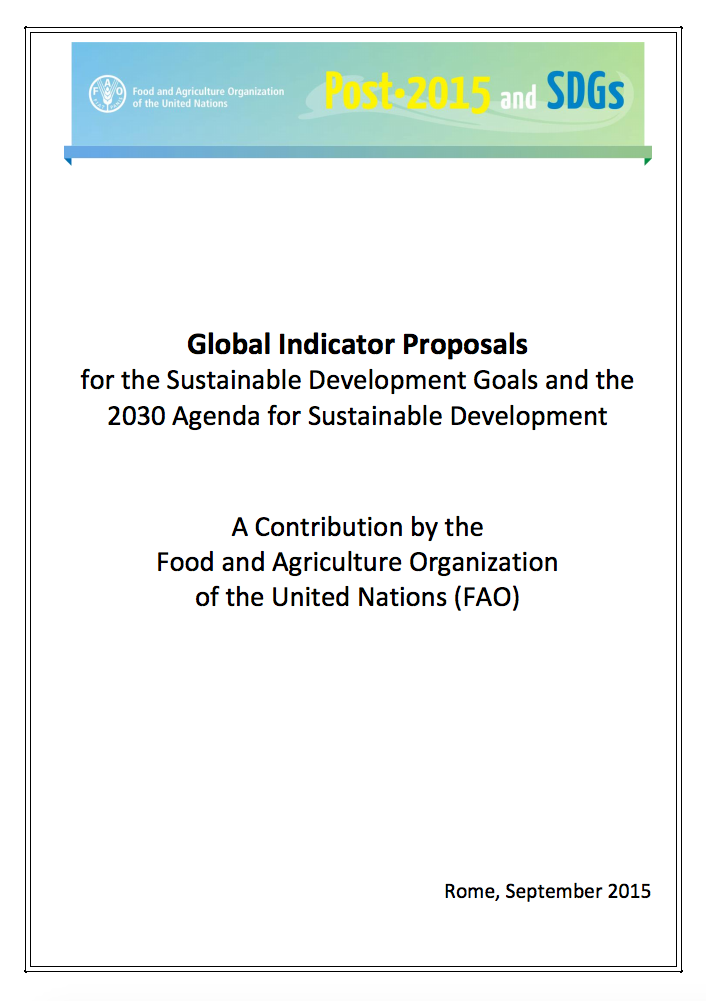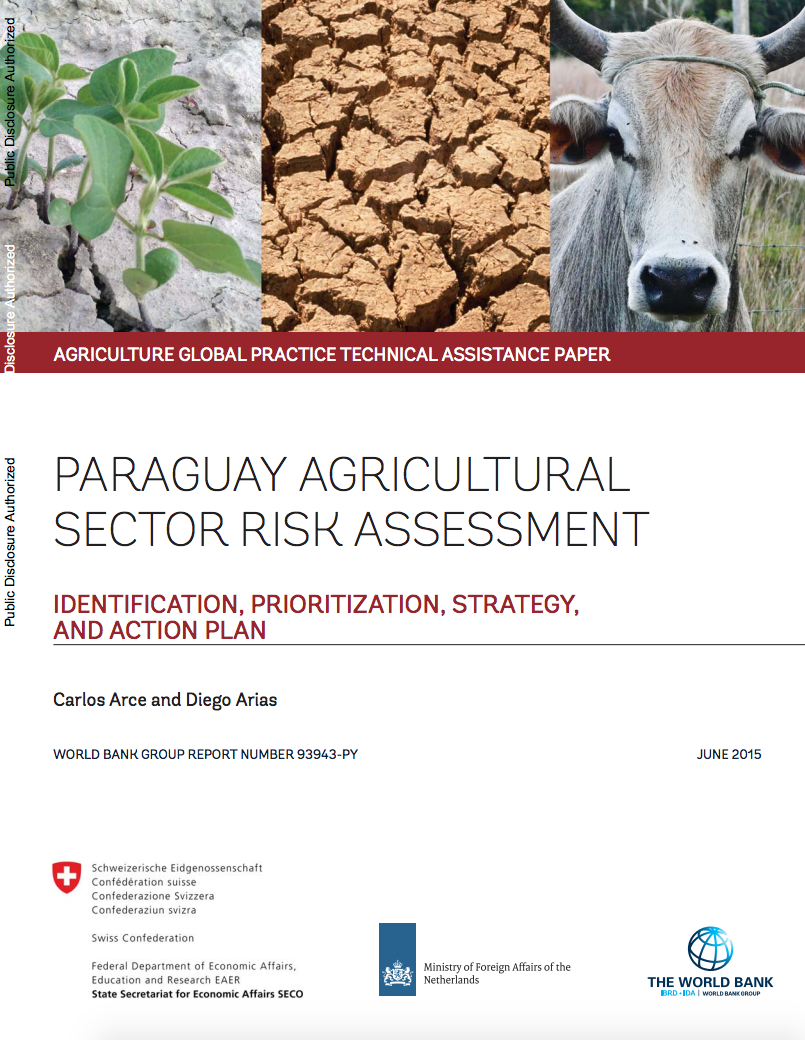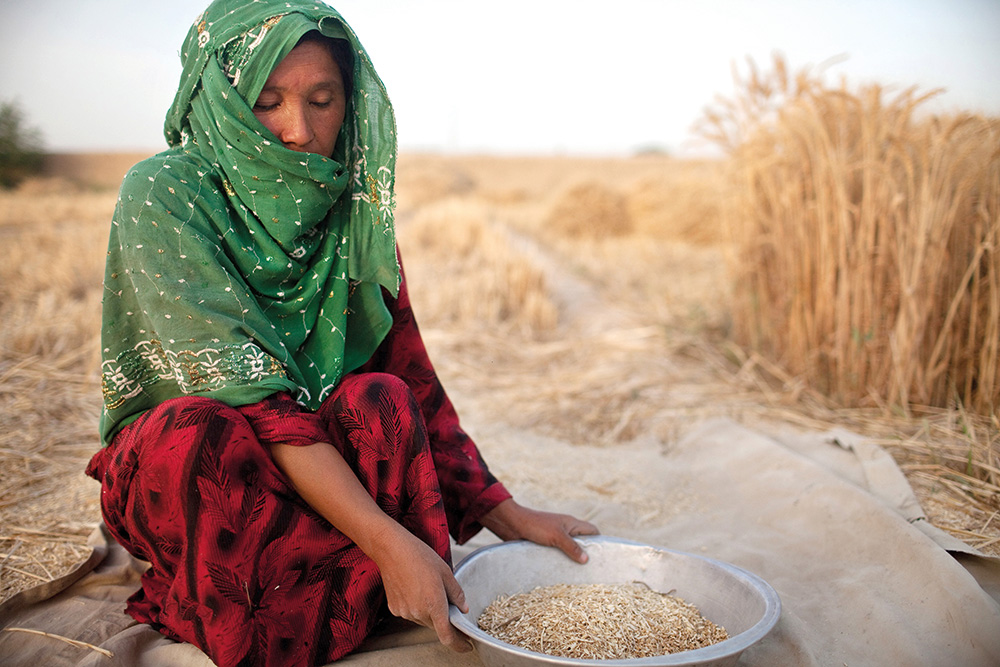
Proportion of agricultural area under productive and sustainable agriculture
Last updated on 1 February 2022
This indicator is currently classified as Tier II. The Food and Agriculture Organization of the United Nations (FAO) is the Custodian agency for this indicator.
Unit of measure: The indicator is unitless, expressing a ratio between area under sustainable and productive agriculture and total agricultural land area (%).
Why is this indicator important?
Harmful, unsustainable agricultural practices from extractive industries, large-scale agricultural producers, and peasants can pose significant risks to people and the environment. While sustainable agriculture was mainly defined by environmental criteria in the past, its economic and social dimension as come to the fore. A farm can only be sustainable if it is well managed and the well-being of those working at the farm is taken into consideration.
The indicator was developed through a multi-stakeholder process to ensure capturing the complex nature of sustainable agriculture.
How is the indicator measured and monitored?
The indicator’s scope centers around the agricultural land area of a farm holding including, extensive crop and livestock production systems, subsistence agriculture, agro-forestry, and aquaculture that takes place within the agricultural land area. Excluded are state and common land that is not used exclusively by farm holdings, pastoral pastures, backyard farming, forestry and aquaculture holdings. Agricultural area is defined as arable land plus land under permanent crops, meadows, and pastures.
The methodology was endorsed in late 2019, including both national farm surveys as a single data collection instrument as well as multi-dimensional data sources. According to the metadata document, data is collected through agricultural surveys or as integrated modules in already existing household surveys (e.g., AGRISurvey and the 50x2030 initiative) organized by national statistical agencies, with support from the Food and Agriculture Organization of the United Nations (FAO) and other international agencies. In addition, sensing, GIS, administrative data, or environmental monitoring systems were further identified as cost-effective instruments.
FAO, together with the Global Strategy to improve Agriculture and Rural Statistics (GSARS), have developed the capacity development material necessary for this indicator, such as a methodological guide, an enumerator manual, calculation document and an e-learning course.
By Anne Hennings, peer-reviewed by FAO.
Other related indicators on Land Portal
As official data is not yet available, the following indicators provide information concerning land area that is under certified organic use or in conversion.
| Indicator | Min-Max Number of years |
Countries / Obs | Min / Max Value |
|---|---|---|---|
| Agricultural area certified organic | |||
| Agricultural area in conversion to organic | |||
| Agricultural land | |||
| Arable Land | |||
| Arable land area certified organic | |||
| Arable land area in conversion to organic | |||
| Arable land organic, total | |||
| Land under perm. meadows and pastures | |||
| Land under permanent crops |
Paginación
Agricultural mechanization: A key input for sub-Saharan Africa smallholders
This paper is specifically about agricultural mechanisation: the opportunities provided by mechanisation for intensifying production in a sustainable manner, in value addition and agri-food value chain development, as well as the inherent opportunities implied for improved local economies and livelihoods.
Sustainable agricultural development for food security and nutrition: what roles for livestock?
This report addresses the economic, environmental and social dimensions of agricultural development, with the objective of ensuring food and nutrition security, in terms of availability, access, utilization and stability.
Global Indicator Proposals for the Sustainable Development Goals and the 2030 Agenda for Sustainable Development
This document presents a proposal of indicators that could be considered for FAO to monitor progress towards a subset of Goals for which the 2030 Agenda on Sustainable Development Sustainable Development Goals (SDGs) define targets aimed towards various outcomes, as well as additional targets addressing related Means of Implementation.
Paraguay Agricultural Sector Risk Assessment
This report is the result of a World
Bank mission that visited Paraguay in June 2013 at the
request of the Government of Paraguay. The mission’s
objective was to identify, quantify, and prioritize
agriculture risks that determine the volatility of
agriculture gross domestic product (GDP), based on a
Food and nutrition security in the SDGs – where are we heading?
The demand to eradicate extreme poverty and hunger has been the centrepiece of the Millennium Development Goals; the first MDG stands for the inextricable link between poverty and people’s ability to access safe, nutritious and sufficient food. How will the objective of achieving global food and nutrition security be embedded in the SDGs? Will the SDGs be a further step towards this target?
Paginación
![]()

By 2030, ensure sustainable food production systems and implement resilient agricultural practices that increase productivity and production, that help maintain ecosystems, that strengthen capacity for adaptation to climate change, extreme weather, drought, flooding and other disasters and that progressively improve land and soil quality
Indicator details
The indicator is conceptually clear, has an internationally established methodology and standards are available, but data is not regularly produced by countries.
Key dates:
FAO Expert meeting for SDG indicator 2.4.1
This workshop brought together technical experts and statisticians to support the methodological work being conducted for SDG indicator 2.4.1.

